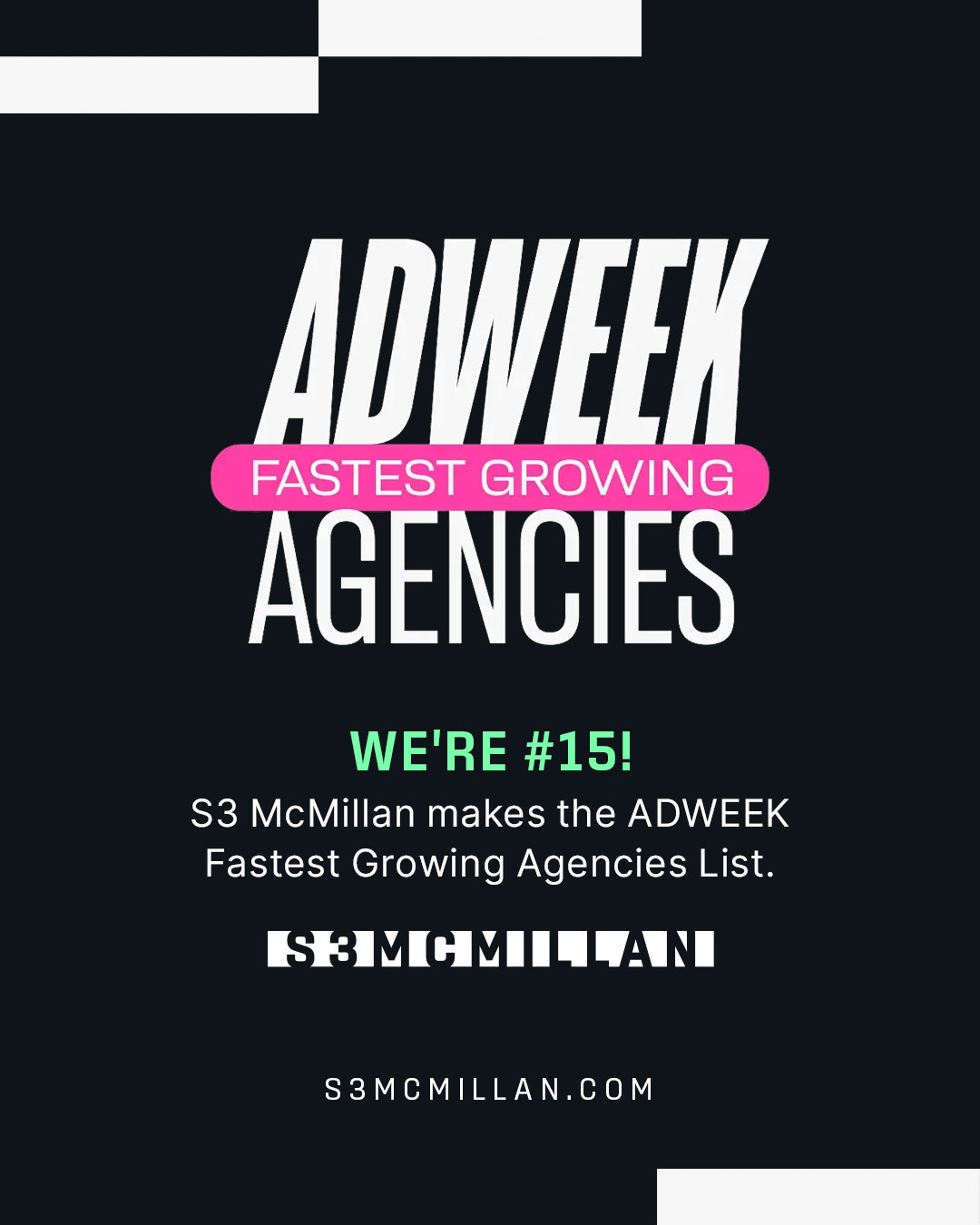As AI transforms the marketing funnel, one timeless truth remains: brand trust is still your greatest multiplier.
This isn’t just a gut feeling. We’ve seen it in the data. We’ve seen it in the market. Brand and demand are stronger together.
With the mass adoption of AI, it’s even clearer why successful companies are investing more – not less – in building their brands.
Here’s why.
The funnel is shrinking. And sharpening.
AI is no longer just a tool for generating demand. It’s becoming a precision instrument for refining it.
AI-powered search has changed the game. Instead of returning a page of links, tools like ChatGPT, Gemini, and Perplexity deliver answers, summaries, and recommendations – dropping buyers deeper into the funnel from their very first query.
AI-driven media tools like Google’s Performance Max now match content to micro-intents with uncanny accuracy, filtering out low-fit audiences and focusing budgets where they’ll have the most impact.
The upside: fewer but higher-quality leads. Leaner budgets. Faster decision cycles.
The challenge: a compressed window to make your brand stand out.
Today’s buyers don’t have the patience (or the desire) to explore endless options. They rely on emotional shortcuts: recognition, relevance, and trust.
That’s why a strong brand has never been more critical.
AI demands trust. Brand delivers it.
AI is playing a strong (and growing) role in brand visibility – and if your brand doesn’t rank high to AI, you risk disappearing from AI-generated results and recommendations.
Systems like ChatGPT, Google Gemini, and Perplexity are reshaping how B2B and B2C buyers engage with brands. These systems prioritize content based on authority, relevance, and trustworthiness.
But that’s only part of the brand-trust equation…
Here are 5 key ways to build brand trust and amplify AI visibility:
- Strengthen your brand strategy: Make sure your positioning is clearly defined, differentiated, and relevant, and your value proposition resonates. Express it consistently and compellingly across all channels so buyers and AI systems recognize and trust it.
- Publish high-authority content: Create thought leadership that doesn’t “add to the noise” but answers critical buyer questions and demonstrates expertise. Focus on formats AI systems can easily parse and surface like blogs, videos, podcasts, and FAQs.
- Get high-authority content published: Coverage in reputable media outlets significantly boosts your visibility and credibility. Now is the time to dial up PR efforts and get more news articles, expert commentaries, and other positive brand mentions.
- Optimize for AI discovery: Structure your website and content so it’s AI-friendly. Use clean site architecture, clear headings, and metadata that helps AI tools cite your brand when summarizing information or answering queries.
- Foster human connection: Balance technological optimization with emotional resonance. Algorithms may drive visibility, but buyers still crave authenticity and relatability. Lean into storytelling, customer success stories, and purpose-driven messaging.
When these elements work together, your brand becomes a signal of trust – for both buyers and AI systems.
Don’t choose. Calibrate.
As AI reshapes the landscape, some argue that brand spend has become redundant. That’s a misread.
The role of brand awareness isn’t fading. It’s evolving. In a funnel that’s leaner, faster, and more selective, brand building creates a differentiating halo effect – nudging high-quality leads from consideration to conversion.
AI can bring buyers to your door, but it’s your brand that gets them to open it. Because when brand and demand work together, they don’t just add up. They multiply.
Curious how building brand trust can drive demand in the AI era? Let’s talk: hello@s3mcmillan.com.

